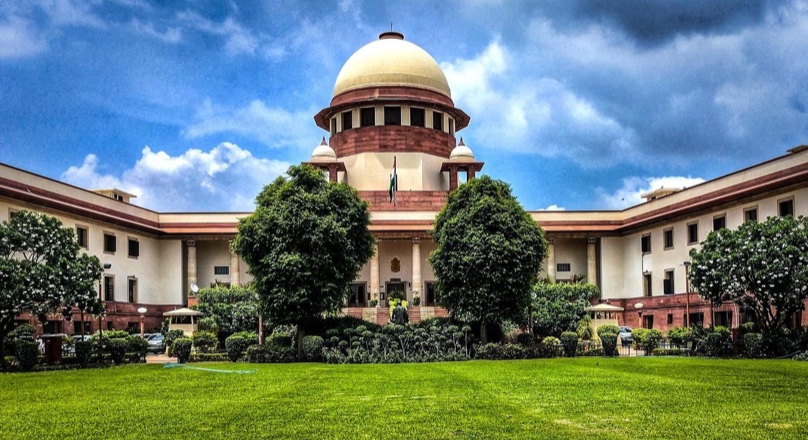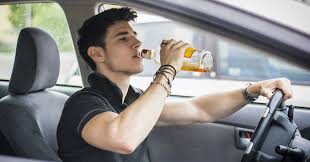
OUR SERVICE
Drunk Driving
For the most part, DUl or DWI are synonymous terms that represent the criminal offense of operating (or in some jurisdictions merely being in physical control of) a motor vehicle while being under the influence of alcohol, drugs or a combination of both. All states in the U.S. designate a per se blood or breath alcohol level as the threshold point for an independent criminal offense. A second criminal offense of driving “under the influence” or “while impaired” is also usually charged in most states, with a permissive presumption of guilt where the person’s BAC is 0.08% or greater (units of milligrams per deciliter, representing 8 g of alcohol in 10 liters of blood). me states (e.g., Colorado) include a lesser charge, sometimes referred to as driving while ability impaired at may apply to individuals with a 0.05% or above, but less than the 0.08% per se limit for the more serious charge. Wisconsin, however, is the only state that continues to regard first offense drunk driving arrests as a forfeiture. The amount of alcohol intake to reach a BAC of 0.08% may vary with the individual’s body composition and state of health. Prior to increased emphasis on drinking and driving in the 1980s, standards of 0.10%-0.15% were in place. The legal limit for commercial drivers in New York is set at 0.04%.

Reasonable Suspicion To Stop
There are several situations in which the officer will come into contact with a driver, some examples are:
The driver has been involved in an automobile accident, the officer has responded to the scene and is conducting an investigation.
The driver has been stopped at a sobriety checkpoint (also known as roadblocks).
The police have received a report, possibly from an onymous citizen, that a described car has been driving erratically. The officer should verify the erratic driving fore pulling the driver over. In some cases, the driver I no longer be in the vehicle.
The officer on patrol has observed erratic, suspicious driving, or a series of traffic infractions indicating the possibility that the driver may be impaired. This is by far the most common reason for stopping a suspect.
A police officer has stopped a vehicle for a lesser traffic offense, notices the signs of intoxication, and begins the DUl investigation.
The following list of DUl symptoms, from a publication issued by the National Highway Traffic Safety Administration (DOT HS-805-711), is widely used in training officers to detect drunk drivers. After each symptom is a percentage figure which, according to NHTSA , indicates the statistical chances through research , that a driver is over the legal limit .